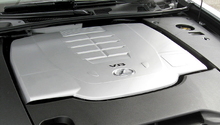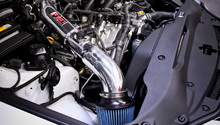Lexus: Why is My Car Hesitating?
Sluggish throttle response isn't normal. Learn the common causes behind a loss of power in a Lexus here.
This article applies to the Lexus IS, GS, ES, RX (2007-2014).
The constant burning and spraying of oil and gasoline leaves deposits on the components of an engine. Enough of those deposits will cause any engine—Lexus or otherwise—to perform sluggishly. Most of the time, keeping the oil clean and the fuel filters fresh will keep the engine free of power-stealing gunk. Other common causes include a dirty Mass Air Flow (MAF) sensor or a gunked up throttle body.

Materials Needed
- 8mm and 10mm sockets with extensions
- Clean shop towels
- Mass Air Flow cleaner
- Throttle body cleaner
- Chevron Techron or similar fuel cleaner
Step 1 - Clean the MAF sensor
The Mass Air Flow (MAF) sensor is the component that tells the engine how much air is coming through the intake. Due to the build up of dirt and oil over time, the MAF sensor may not be getting the correct readings for air input. This can cause an engine to run poorly. Follow these steps to keep it clean.
- Locate and remove the 2 bolts securing the MAF sensor to the intake tract (figure 1).
- Disconnect related wiring harness.
- Once sensor is removed, use the MAF cleaner to gently spray and clean out the sensor contacts.

Figure 1. Remove bolts securing the MAF sensor to the intake piping. 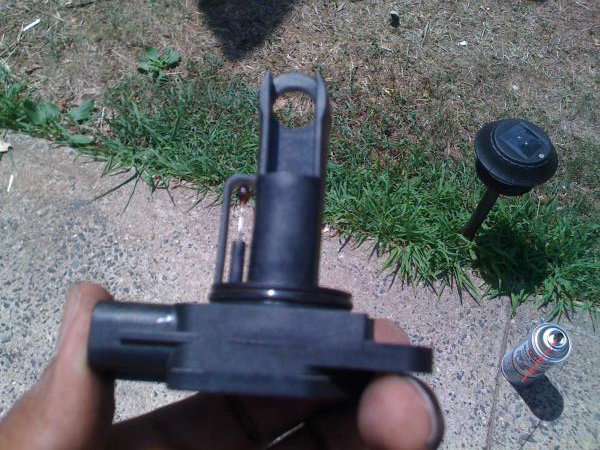
Figure 2. Lexus MAF sensor removed from intake.
Pro Tip
DO NOT touch the contacts of the MAF sensor with a q-tip or cotton towel. They are highly sensitive components.
Step 2 - Clean throttle body
It is possible that over time, the inner walls of the throttle body accumulate dirt and grime, blocking proper airflow. This is more likely to the be the case on the IS 250 due to that motor's direct injection issues. Carbon can build up around the throttle body, causing the engine to stumble on low throttle.
- Remove plastic engine cover.
- Remove related PCV and vacuum hoses.
- Remove air intake tubing system.
- With the throttle body exposed (figure 3), you can apply a generous amount of throttle body to a clean shop towel and clean the inside walls.

Figure 3. Clean the throttle body of accumulated carbon and dirt. 
Figure 4. Clean the throttle while open to ensure there is no blockage.
Pro Tip
There is a prop valve that opens when you step on the accelerator. By manually opening the valve, you will discover hidden grime and dirt; you can use this opportunity to clean thoroughly.
Step 3 - Use fuel cleaner
While the intake system is a common area for build up and deposits, your car's fuel system is equally susceptible to the same kind of wear. Luckily, there are several cleaners on the market packed with polyetheramine—the grit-fighting active ingredient in Techron. The components of this cleaner will break down the hardened deposits in the fuel system, clear the chambers of this build up, and allow the motor to operate optimally. Results are an even idle and responsive acceleration as well as a gain in fuel mileage.
- When gas tank is about 1/4 left, fill the entire bottle into the gas tank.
- Fill the car up at gas station.
- Drive or let the car run for a short while.
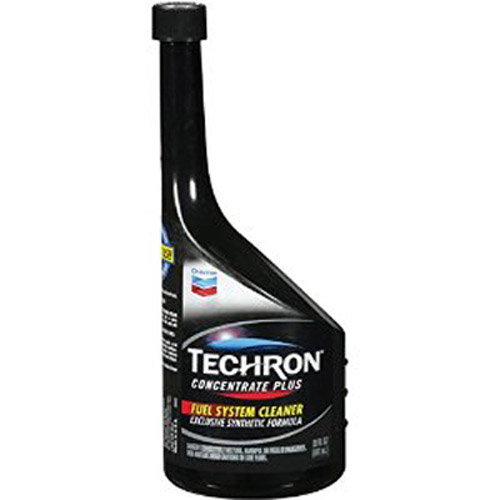
Step 4 - Limp home mode
When a modern Lexus' computer identifies a problem of a certain severity, it'll drop into limp home mode. The traction control lights and the check engine lights will both come on when the vehicle enters this mode. Also, the vehicle will respond sluggishly with lazy shifting. The recommended course of action is to take the vehicle in to the dealership if it's safe to do so. Keep an eye out for evidence of burning oil or leaking coolant. If either of these are present, or if the vehicle is clearly not fit to drive otherwise, hire a tow truck to take it in.
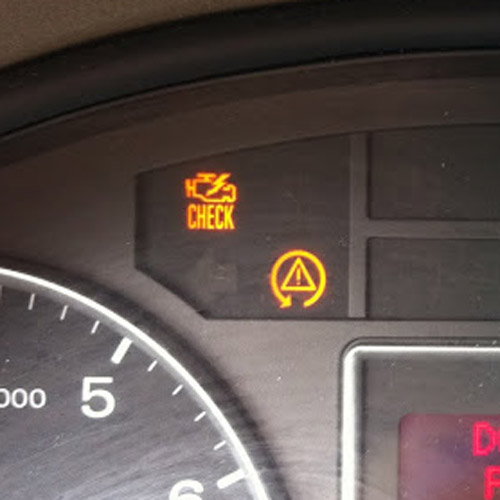
Related Discussions and Sites
- How to Address Vehicle Hesitation, Power Loss, and Sluggish Acceleration - ClubLexus.com
- DIY MAF Sensor and Throttle Body Cleaning - ClubLexus.com
- MAF Cleaner - Amazon.com
- Throttle Body Cleaners - Amazon.com
- Chevron Techron - Amazon.com



